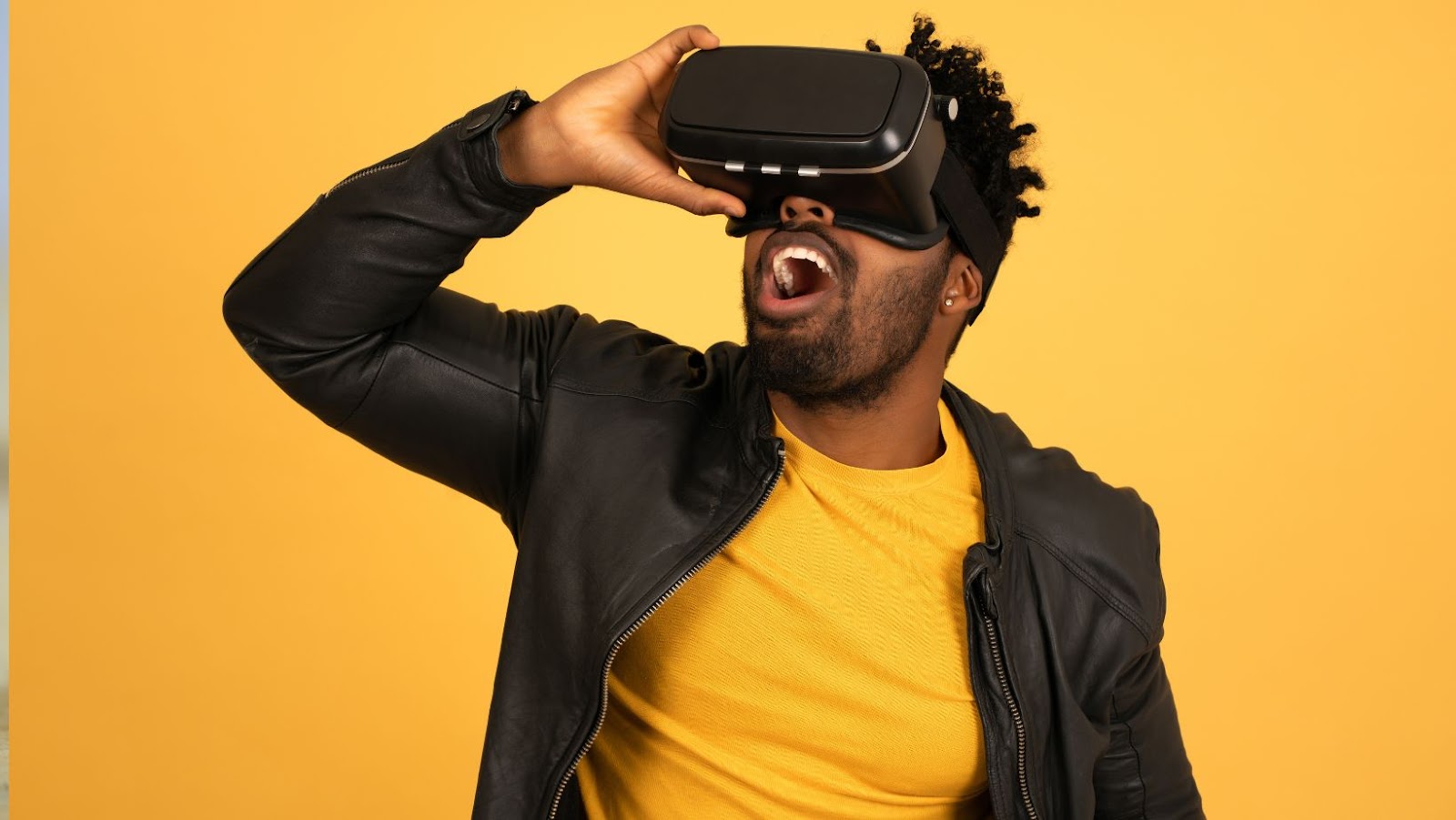 Virtual Reality Gadgets Cost
Virtual Reality Gadgets Cost
Virtual Reality, often abbreviated as VR, represents a digitally-simulated environment that engulfs real-world elements. It’s the creation of an artificial setup where users interact with various objects virtually, mimicking real-life scenarios. Images, sounds, and other sensory stimulations serve as building blocks for these dynamic environments, be it a virtual tour of a historic site, a thrilling gaming landscape, or a simulator for pilot training.
The underpinnings of VR function based on intricate technology. A VR device, most commonly a headset, tracks a user’s physical movements. These tracked actions are then translated into corresponding virtual movements within the VR space. This transition offers an immersive experience, coaxing the user’s senses to perceive the simulated environment as real. For instance, if the user turns their head to the left while wearing a VR headset, they’ll see the virtual environment from a leftward perspective.
Moreover, advanced VR systems couple with controllers and haptic devices, augmenting the interactive layer. These additions supplement actions like grabbing, pushing, or even feeling virtual objects, prompting a comprehensive sense of presence in the virtual world.
 Components of a Virtual Reality Setup
Components of a Virtual Reality Setup
Delving deeper into the mechanics of VR, examining its components remains crucial. Let’s divvy up this topic into two main subcategories: the hardware and the software.
Primarily, a VR setup encompasses various physical components, notably a VR headset, tracking system, and interaction devices. The VR headset, like Oculus Rift or HTC Vive, presents a unique 3D virtual environment to the viewer. Data collected from BBC Research shows that the headset market, in itself, was valued at $5.2 billion in 2020.
Contrarily, the tracking system monitors users’ movements, creating a correspondence between their real-world and virtual actions. The system often includes devices such as cameras or sensors, strategically placed to capture comprehensive motion.
Never underestimate the importance of VR software. It’s the linchpin that keeps everything together. Software elements consist of applications or games designed explicitly for a VR environment. The types of software range vastly – from gaming experiences like ‘Half-Life: Alyx’ to educational applications such as ‘Google Earth VR’.
Equally significant, the software utilizes tracking data to modify the user’s point of view or manipulate virtual objects, enhancing user interaction. Consequently, the software component not only affects the type of experiences available to the user but also enhances performance, sustainability, and overall enjoyment. Its essence is that each component, hardware, and software, depends on the other to create an immersive, effective virtual reality experience.
 Factors Affecting the Cost of VR Gadgets
Factors Affecting the Cost of VR Gadgets
Delving deeper into the Virtual Reality Gadgets Cost, two primary factors significantly impact their cost: technological advancements and market competition.
Virtual Reality Gadgets Cost correlates directly with the rate of technological advancements. Breakthroughs in 3D environment creation, movement tracking and user immersion aren’t just hallmarks of improved VR experiences. They likewise increase production expenses. To exemplify, when manufacturers integrate a cutting-edge tracking system such as eye tracking or motion sensing into VR headsets, it escalates the device’s price. Further, considering the constant updates and enhancements, VR headsets get outdated quickly, incurring additional costs for the user to remain on the leading edge of VR technology.
In addition, the competition among VR gadget manufacturers affects the price of the devices. As the number of companies producing VR gadgets increases, a competitive environment ensues. This competition dynamically impacts the cost, enticing alternative pricing strategies. For instance, if a manufacturer aims to penetrate the market, they may offer devices at a lower price point to attract more customers. Conversely, eminent manufacturers like Oculus or HTC may employ a pricing strategy of a higher perceived value given their established reputation. Understanding the competitive dynamics among manufacturers helps consumers make a more informed VR purchase decision.
The world of VR technology is becoming more accessible. It’s clear that the cost of VR gadgets can vary greatly, with high-end devices like the Oculus Rift S and HTC Vive Pro commanding prices of $700 to $1,200, while more budget-friendly options like the Oculus Quest 2 are available from $300. However, quality doesn’t always have to come at a high cost. By buying used devices or waiting for sales events, consumers can find ways to merge quality with affordability. It’s all about finding the right balance to fit individual needs and budgets. The VR gadget market is evolving, and with it, the opportunities to immerse oneself in virtual worlds without breaking the bank.